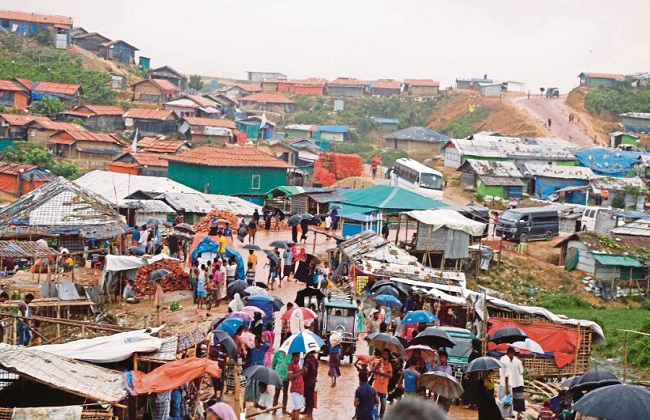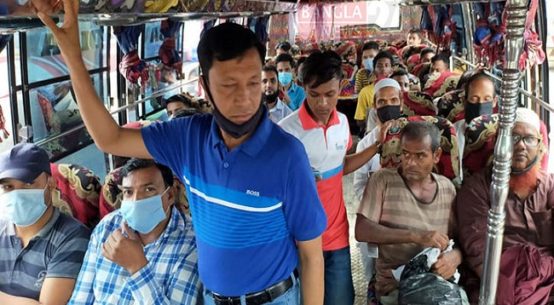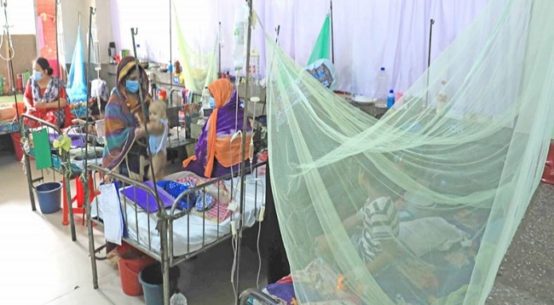
Bangladesh has set a unique example of humanity by sheltering Rohingyas who fled Myanmar to save their lives in the face of genocide. For this, Bangladesh has been praised all over the world. But the international community must not forget that the Rohingya crisis is the single largest refugee crisis in the world today. Bangladesh has been carrying a population bigger than the total population of Bhutan. The population of Bhutan is 8 lakh while more than 11 lakh Rohingyas have taken shelter in Bangladesh. How long will Bangladesh be able to provide shelter and sustenance to this huge population?
The refugee crisis is in its fifth year, but not a single Rohingya has been repatriated. On the other hand, over the years, international donors, including the United Nations, seem to be retreating. Even they are not giving their promised assistance to the refugees. In the meantime, the world community’s eyes have shifted to the issues of Myanmar’s military coup and the recent Taliban crisis in Afghanistan. As this situation raises concerns, the question arises as to whether Bangladesh has been missing support of allies in Rohingya repatriation.
In August 2017, millions of Rohingyas took refuge in Bangladesh to save their lives in the face of arson, looting, rape and genocide in the ethnic cleansing mission in Rakhine State. On 23 November 2017, a 19-point bilateral agreement was signed between the governments of Bangladesh and Myanmar on Rohingya repatriation. But the reality is that this bilateral agreement has not yielded any results yet. The latest Chinese-mediated tripartite dialogue on Rohingya repatriation was held on January 19 this year with the participation of the foreign secretaries of Bangladesh, Myanmar and China. In this process, Bangladesh has so far given a list of 8 lakh 29 thousand 37 Rohingyas to Myanmar for repatriation. In contrast, Myanmar has so far completed the screening of 42,040 people and confirmed that 27,640 of them lived in Myanmar. At January’s secretary-level meeting, Myanmar proposed starting the rehabilitation process among them in the second half of this year. But the sad thing is that it has not started yet.
Myanmar has been able to hold off the Rohingya repatriation issue for four years through various tactics. Similarly, in Rakhine, they have created an environment to which Rohingyas are afraid to return. It is important to note that the International Court of Justice, on 23 January 2020 after hearing the case against Myanmar filed by Gambia in 2019, made clear that the Rohingyas are residents of Myanmar. In contrast, the World Bank’s recent framework for its Refugee Policy Review Framework recommended the assimilation of Rohingyas into Bangladesh under the term ‘refugee’. It indicates the current intentions of the world community. In this situation, Bangladesh has no choice but to seek support from India and China, the two major regional superpowers, and to expand its international presence in Rohingya repatriation. The international community needs to understand that the problem is not just with Bangladesh and Myanmar. Rohingyas have taken refuge in 19 countries around the world. In order to start the repatriation, Bangladesh needs to increase it’s the level of alliance in the international arena, including the countries that provide shelter to the Rohingyas.


